Photonis, part of Exosens, has designed the Micro Pore Optics plate to be used in X-Ray imaging and analysis applications. Its perfectly square, flat channels are optimized to allow X-Ray and UV photons to be focused or collimated due to the total external reflection at a grazing angle (<2°). Micro Pore Optics are installed on a number of international space missions.
The unique square pore plate is efficient and can be configured in radially packed or square packed channels. They can be provided with Iridium coatings to enhance the reflection and films to provide a heat shield.
Micro Pore Optics components (Micro Pore Optics plates) provide a more robust alternative to the standard X-Ray and UV imaging products available today.
Leveraging its 40+ years of experience in manufacturing Microchannel Plates (MCPs), Photonis, an Exosens brand, has collaborated with the University of Leicester and the European Space Agency (ESA) to design and develop Micro Pore Optics (MPO) plates.
Learn more about Micro Pore Optics (MPO) by Photonis
Dive into the world of X-ray product and technology and discover how it's revolutionizing the industry. Explore further below to learn more about its applications, benefits, and our cutting-edge solutions:
- Exploring x-ray technology
- Learn more about ion and electron detection
- Photonis photo-detection and low light conditions imaging Solution
- Read more or download documents in our resource center
Need some answers? Ask our experts!
Contact us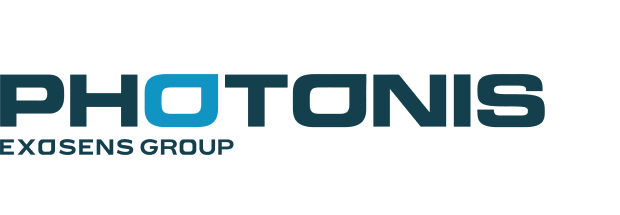
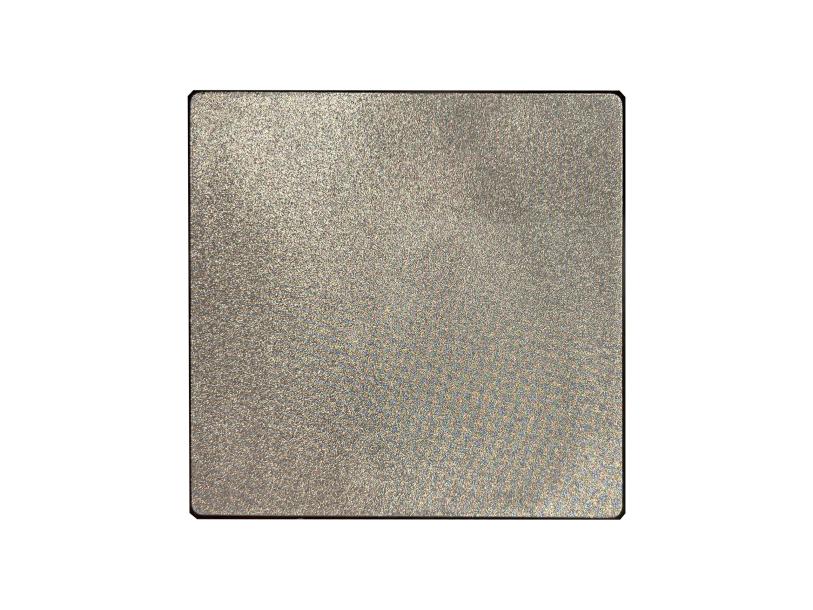
Micro Pore Optics (MPO) by Photonis
Photonis, an Exosens brand, in collaboration with the University of Leicester and European Space Agency (ESA), leveraging from its 40 years of experience in manufacturing of Microchannel Plates, has designed the Micro Pore Optics plate with square holes, to be used in X-Ray imaging and analysis applications. Micro Pore Optics (MPO) are routinely produced in our Photonis France manufacturing facility and are installed on a number of international space missions.
One of the examples, and the very first realization is for the MIXS-T and MIXS-C instruments for the currently flying BepiColombo mission to Mercury (under a joint ESA contract with University of Leicester).
The optics of the MIXS Mercury Imaging X-Ray Spectrometer entail:
a) a Wolter 1 type radial focusing “lobster eye” telescope: 2 radial optics assembled in series, each constructed of 3 concentric rings of spherically slumped radially packed MPOs, forming a mosaic of 72 MPOs with a focal length of 1m.
b) a collimating optic: a 2x2 matrix of spherically slumped square packed MPOs with a focal length of 55 cm.

For more information about BepiColombo mission and MIXS-T and MIXS-C instruments, visit websites below:
https://www.cosmos.esa.int/web/bepicolombo/mixs
https://le.ac.uk/bepicolombo/mixs
Principle of Operation
The Micro Pore Optics has millions of square channels, made by glass and often covered with a high reflective material such as Iridium, which act as mirrors and reflect the X-ray photons at very small grazing angles.
Its perfectly square and flat channels are optimized to allow X-Ray and UV photons to be focused, concentrated, or collimated due to the total external reflection. There are multiple possible configurations described below in which the MPO can be used for different purposes and offering multiple benefits for X-ray imaging and analysis.
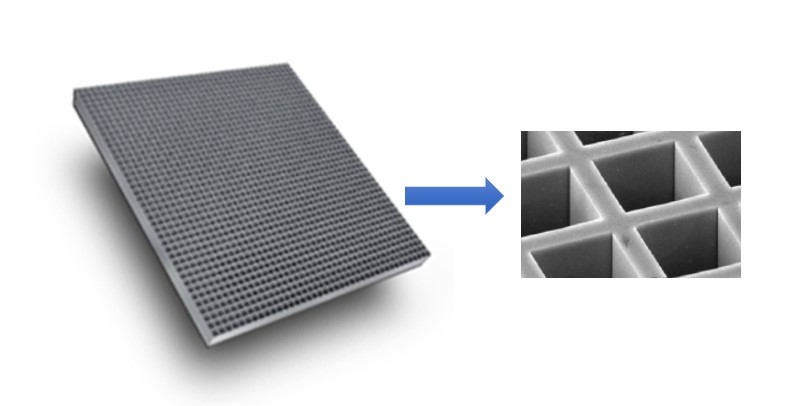
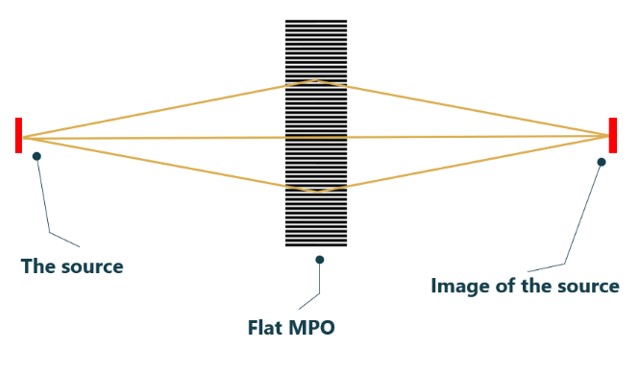
Point-to-Point Focusing
When a flat MPO is used as an X-ray optic, the incident photons from the X-ray source are focused after the MPO in a distance equivalent to the MPO-source distance, and configuration is called 1:1 or point-to-point focusing.
This configuration can be used to focus the divergent beam into another point, or to collimate the beam to a small size having much brighter spot compared to a pinhole collimator. MPO’s compact size allows to have a high degree of flexibility when placing the optics and use effectively the space in the set-up.
An example of use of focusing flat MPO is its successful integration by NASA SETI into prototype instruments MapX-I and MapX-II for planetary explorations, used for in-Situ 2D Mapping X-ray Fluorescence for the Detection of Biosignatures and Habitable Planetary environments.
The same principal using a prototype instrument called Cartix was applied in non-destructive terrestrial applications e.g. to study Cultural Heritage such as paint composition of a French Impressionist painting and paint on Inca Pachacamac Idol Wood Sculptures in Lima, Peru.
Shown in a drawing, the Cartix is an arm-deployed Full-field X-ray fluorescence imaging (FF-XRF) spectrometer placed directly on a surface to be analyzed. A large area of a sample surface is irradiated by X-ray sources from both sides and the emitted XRF from the sample then collimated by a flat square pore MPO and guided to the CCD detector. This allows simultaneous acquisition of a 2D image of the fluoresced X-rays and rapid analysis in a 1:1 focusing configuration.
Credit Figure2: Philippe Walter, Philippe Sarrazin, Marc Gailhanou, Dominique Hérouard, Antoine Verney, David Blake
https://ntrs.nasa.gov/citations/20200001291
https://analyticalsciencejournals.onlinelibrary.wiley.com/doi/10.1002/xrs.2841
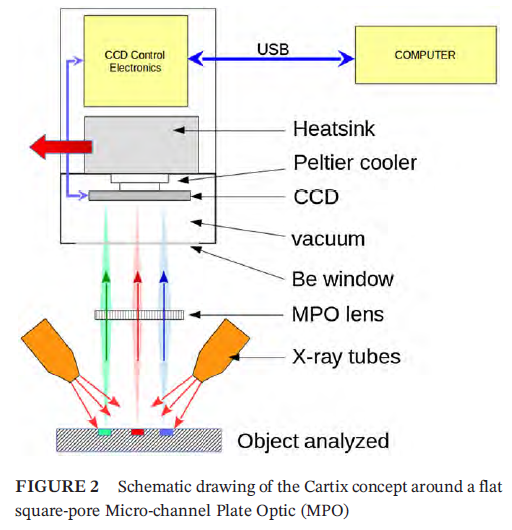
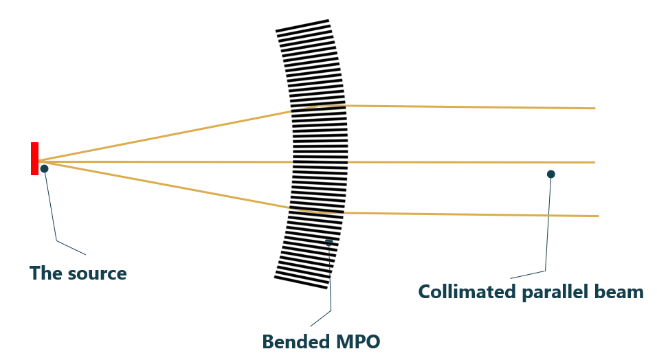
Slumped MPO Configuration: Parallel Beam
In many X-ray applications, for example in XRD for powder diffraction, thin film analysis, parallel beam is required with a very low divergence. Latter can be achieved when slumped MPO is used with an X-ray source placed in the focal point of the optics. MPO are available with a focal length from 50 mm, with high collection angles and compatible with large variety of X-ray sources.
Slumped MPO Configuration: Focusing the Source
Slumped MPO can be also used to focus the X-rays, either parallel or divergent beams, to a much brighter spot. Whether it is for imaging or fluorescence applications, this allows obtaining very small size spots of few tens of microns with brightness much higher compared to pinhole collimators for example. Compared to other mostly very bulky optics, the MPO is the best alternative to solve the problems of space constraints allowing more flexible configurations for analysis of samples.
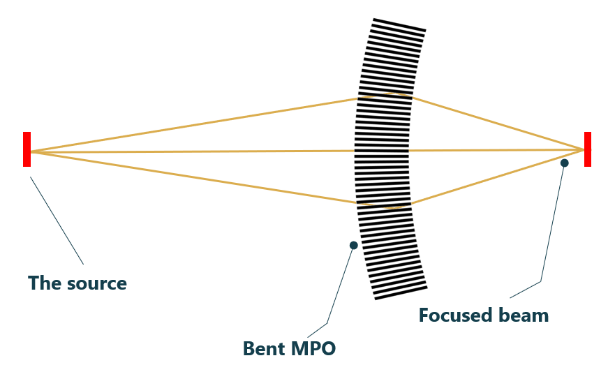
MPOs and MCPs Have Landed on the Moon
After an incredible 45-day journey orbiting Earth and the Moon, Firefly Aerospace’s Blue Ghost Mission 1—"Ghost Riders in the Sky"—successfully touched down on the lunar surface in the early hours of March 2nd!
As a leading brand of Exosens, Photonis is proud to support NASA’s Artemis program with our Micro Pore Optics (MPOs) and Microchannel Plates (MCPs)—critical components of the Lunar Environment Heliospheric X-ray Imager (LEXI) onboard this mission.
LEXI will capture a series of X-ray images that will offer critical insights into how space weather and cosmic forces impact our planet—crucial knowledge for ensuring astronaut safety in future Artemis missions.
We are honored to contribute to this monumental achievement in space exploration!
What's new in X-Ray & UV?
See all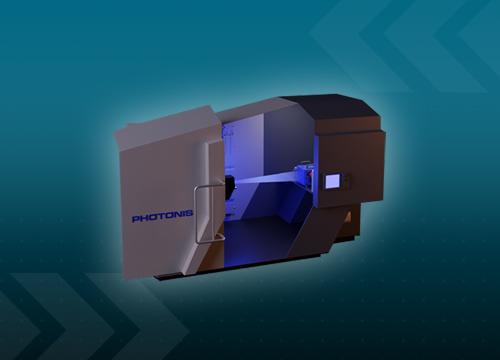

Coronado Springs Resort and Convention Center .
FROM Oct 06th 2025 TO Oct 09th 2025
ASNT exhibition 2025
Join Exosens at ASNT 2025 Annual Conference - Coronado Springs Resort and Convention Center – Orlando, FL Booth: #1128

Baltimore Convention Center.
FROM Jun 01st 2025 TO Jun 05th 2025
ASMS 2025
Visit Photonis at ASMS 2025 - Booth: #322 - Baltimore, MD Explore Next-Generation Detection Technologies with Photonis

